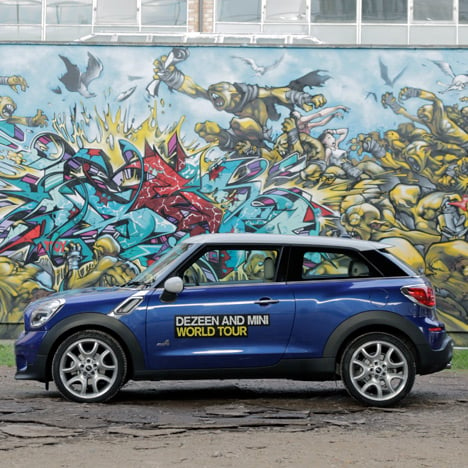"Shoreditch symbolises the new creative economy of London"
Dezeen and MINI World Tour: the next stop on our Dezeen and MINI World Tour is our home town of London. In our first report, Dezeen editor-in-chief Marcus Fairs takes a trip through the east of the city and explains why the area has become such a hotbed for design and technology.
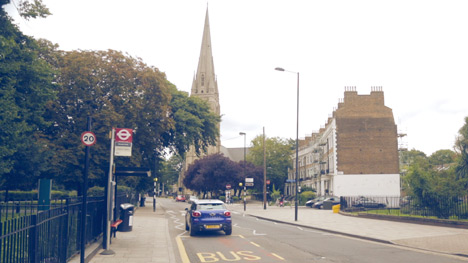
Starting off in Stoke Newington, a former village in the north-east of the city where Dezeen is based, Fairs follows the route of an old Roman road called Ermine Street to the city centre, passing through Dalston, Shoreditch and the City of London before ending up at the River Thames.
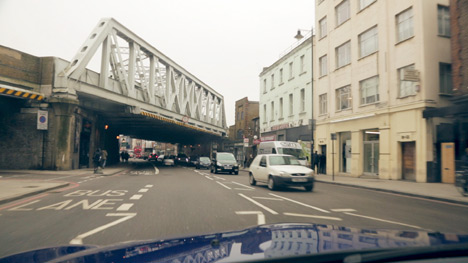
"These areas have come to symbolise the new creative economy of London," says Fairs as he passes through Shoreditch, a former industrial district bordering the City of London where a proliferation of architects, designers and, increasingly, technology companies are based.
"They're stuffed full of digital companies, technology companies, design companies; [there's] a real focus of new types of creativity."
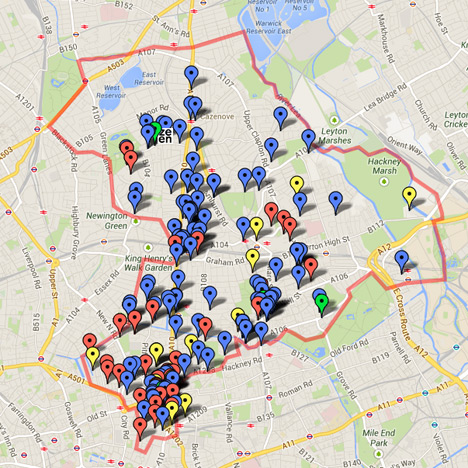
Last year, Dezeen celebrated the rich diversity of design talent in the area as part of our Designed in Hackney initiative, which culminated in a day of talks and workshops with many of the borough's upcoming creative companies.
"We plotted on a map all of the design studios in the area," Fairs explains. "We found that the pins on the map were so dense you couldn't see the map behind. It really felt that we'd discovered a critical mass of design talent that is unrivalled anywhere else in the world."
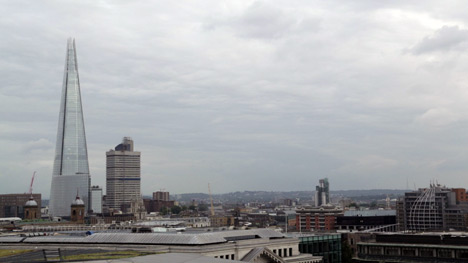
There are a number of reasons why so many designers set up in London, says Fairs, despite the city being "really expensive, really competitive, really unfriendly to newcomers."
"London is full of really amazing design schools, I think that's a really important point," he explains. "People from all around the world come to London to get their design qualifications; they make friends, they enjoy the culture and they stay and set up studios."
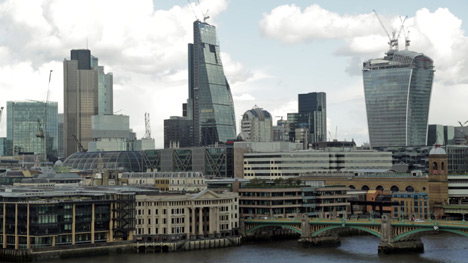
Another major factor is money, Fairs claims: "There's lots of money in London. That's created problems - the property market has been going up non-stop - but it also creates wealth and wealth is the thing that turns the gears of creativity in many ways."
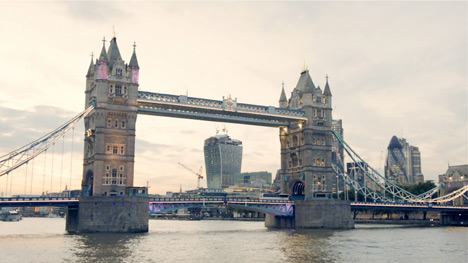
The wealth of the city is most visible in the new skyscrapers being built to the south of Shoreditch in the City of London, where projects like Richard Rogers' Leadenhall Building and Raphael Viñoly's 20 Fenchurch Street, dubbed "The Cheesegrater" and "The Walkie-Talkie" respectively, are transforming London's skyline.
"London used to be a place where world-class architects didn't really feel like they could get any decent work" Fairs says. "But now London is really coming into its own."
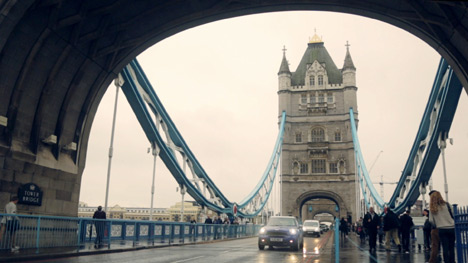
Of course, one of the main attractions of Shoreditch for the creative industries was that rents were comparatively cheap. Fairs says it is inevitable that young designers are now being priced out of the area, but is optimistic for the future of designers in the city.
"London is a big city," he says. "People are already moving further to the east, to the south, crossing the river. London, I think, will always be able to regenerate itself."
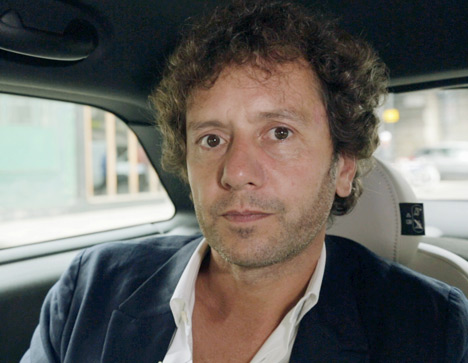
We travelled through east London in our MINI Cooper S Paceman. The music featured in the movie is a track called Temple by London band Dead Red Sun.
See all our Dezeen and MINI World Tour movies »
See all our stories about London Design Festival 2013 »
See Dezeen's map and guide to London Design Festival 2013 »
